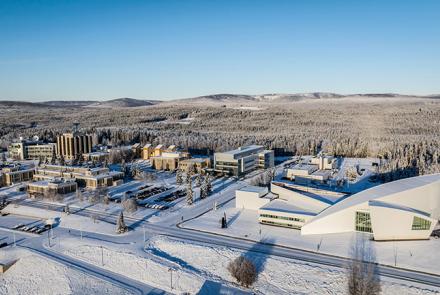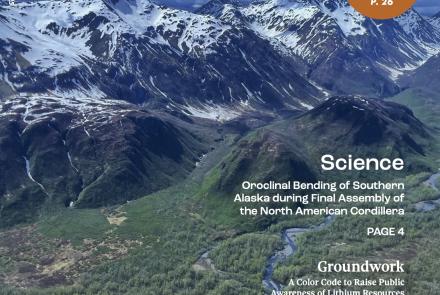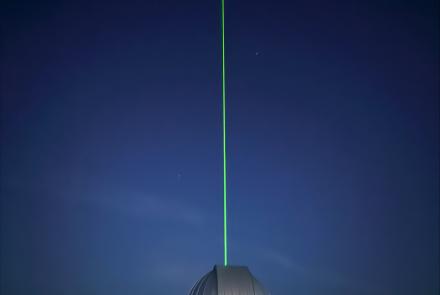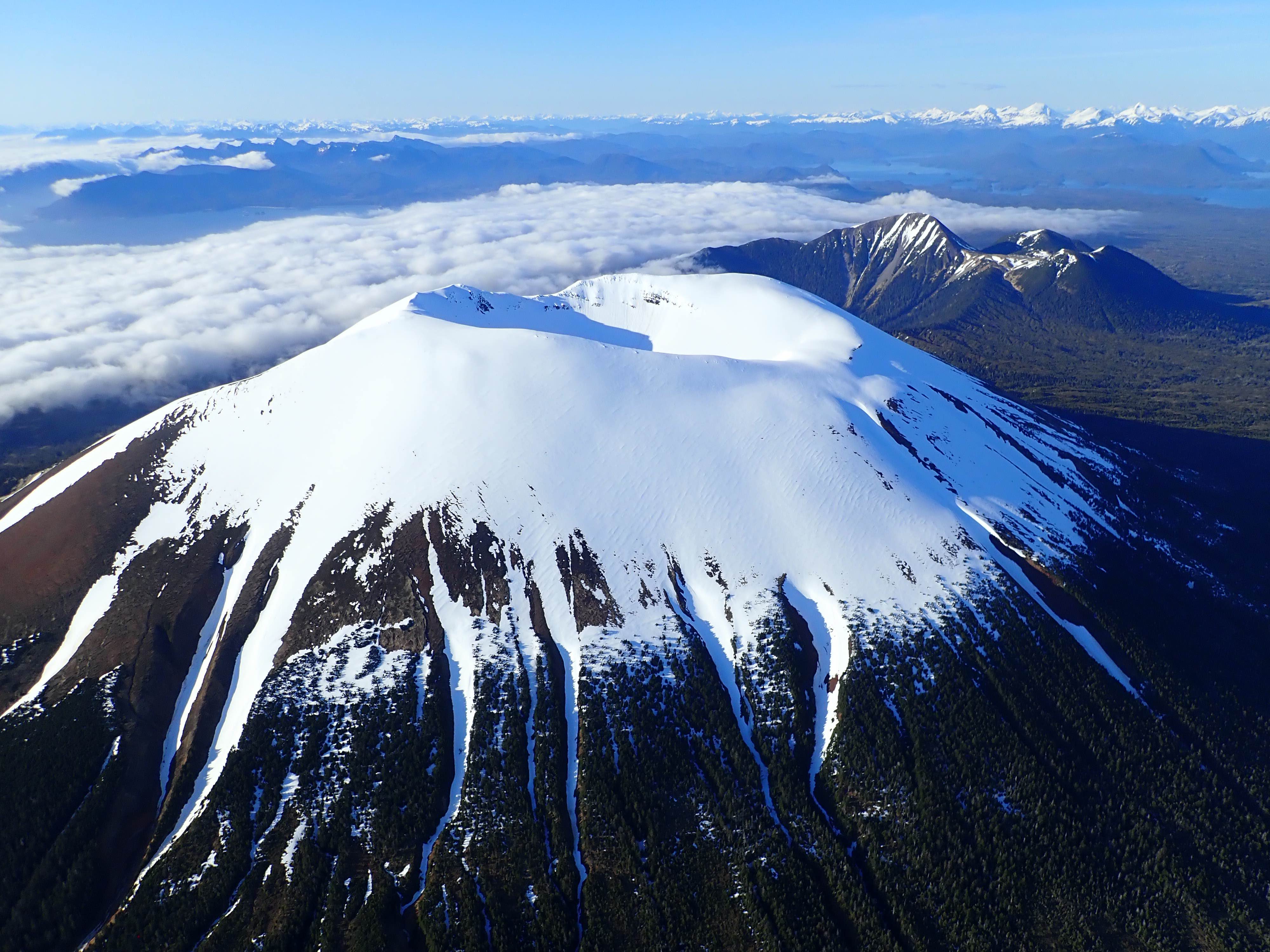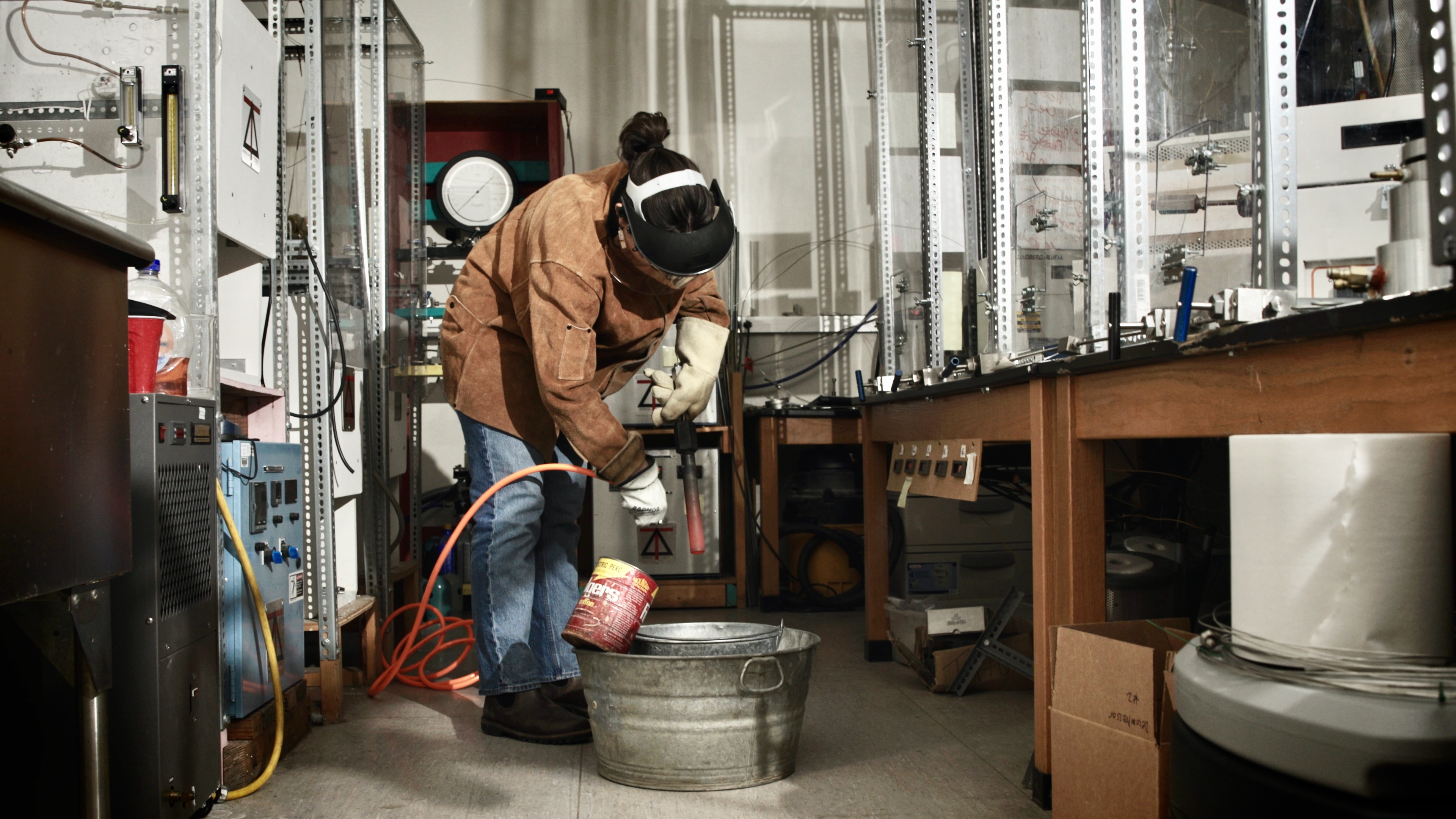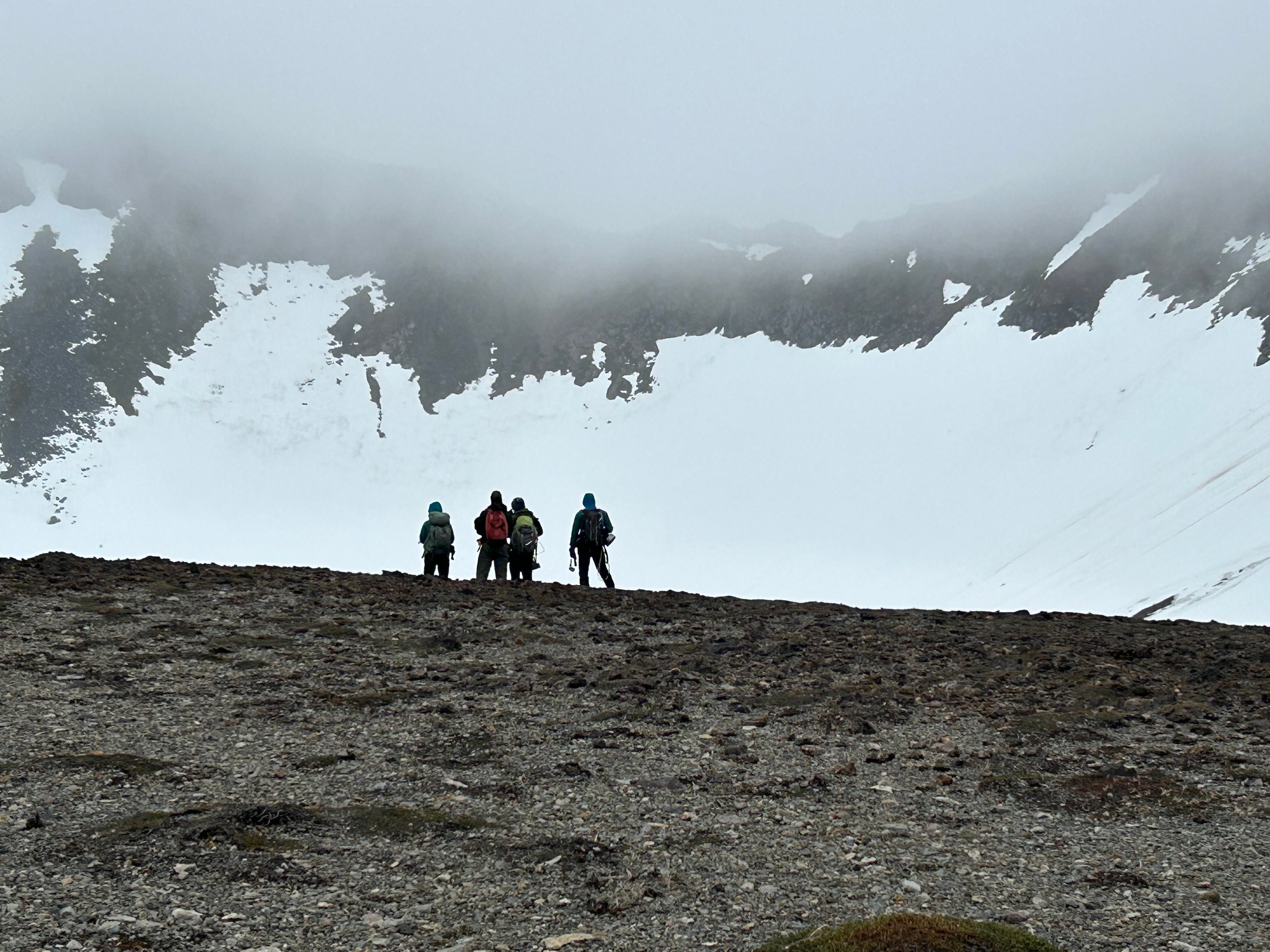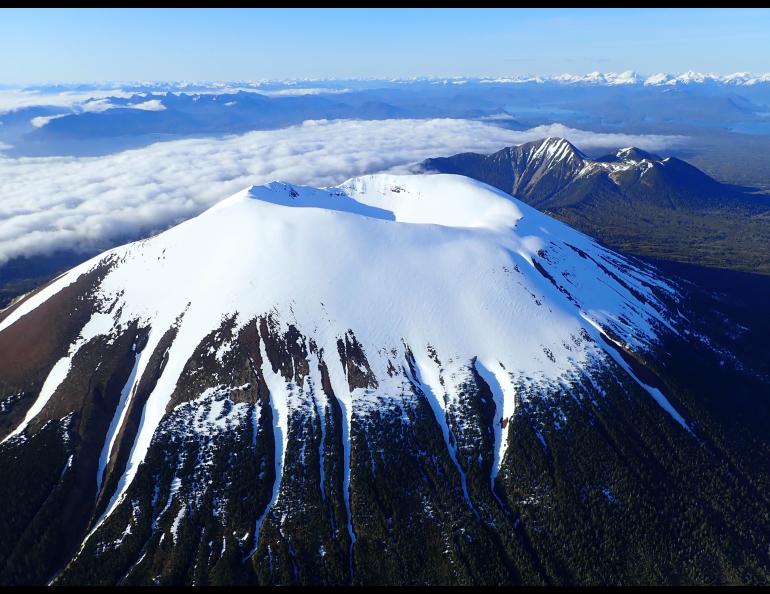
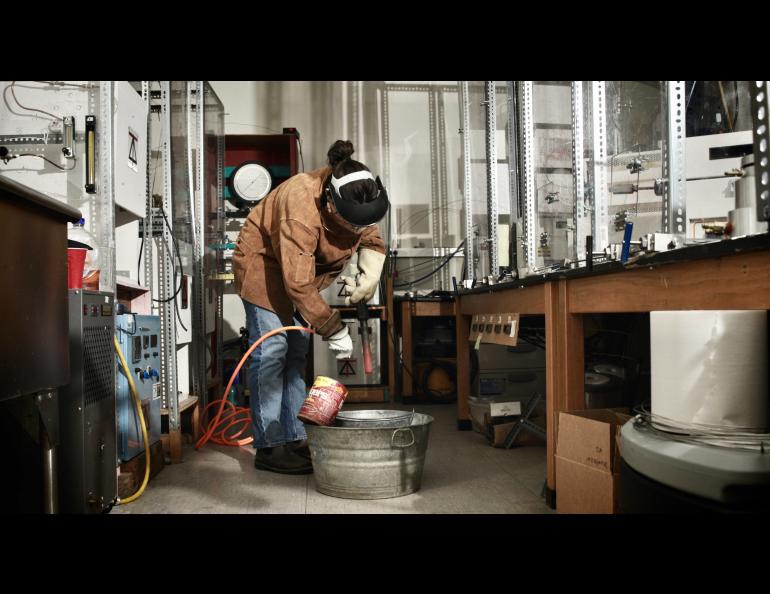
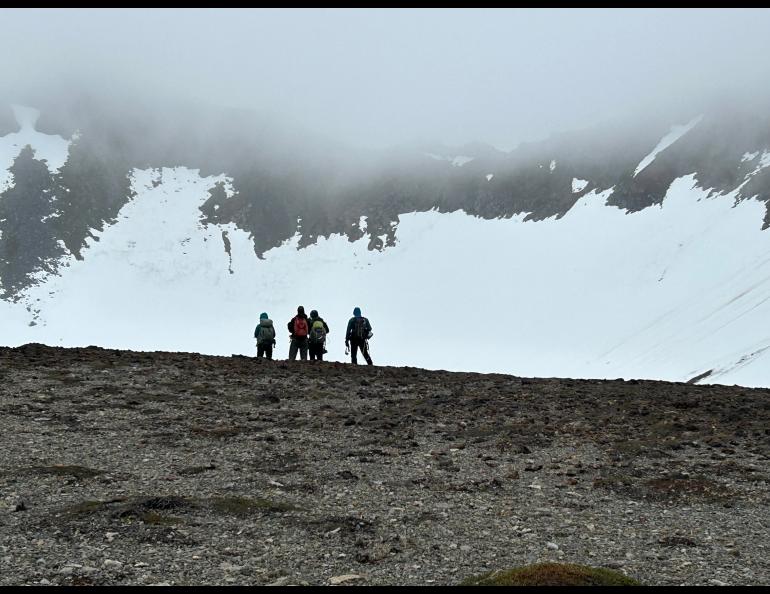
Scientists aim to map Mount Edgecumbe volcano’s upper plumbing
Mount Edgecumbe volcano in Southeast Alaska sits in a place where a volcano shouldn’t really be sitting.
Research underway with new federal funding aims to solve that mystery, learn how magma forms beneath the reawakened volcano and reveal the structure of its upper plumbing system — the magma reservoirs, conduits and cracks in which magma is stored and travels to the surface.
The planned outcome is improved information about what volcanic activity might look like should Mount Edgecumbe, known as L’ux Shaa in the local Lingít language, become restless again.
Knowing the depths of magma-accumulating structures is key if data indicates activity is happening.
“Then we could help figure out if this activity is likely to lead to an eruption,” University of Alaska Fairbanks professor Jessica Larsen said.
Larsen is leading a three-year, $558,000 project funded by the National Science Foundation. Others involved include UAF professor Ronni Grapenthin, UAF graduate student researcher Claire Puleio and research assistant professor Julie Elliott of Michigan State University. The work is also in partnership with the Sitka Tribe of Alaska and the Sitka Sound Science Center.
Larsen and Grapenthin are with the UAF Geophysical Institute and UAF College of Natural Science and Mathematics.
Filling an info gap
The long-quiet volcano near Sitka, a community of about 8,500 people that is heavily visited by summer tourists, became of high interest to scientists on April 11, 2022, when a swarm of earthquakes occurred on the island where Edgecumbe sits.
Subsequent research that year by the Alaska Volcano Observatory showed magma had risen to about 6 miles from a depth of about 12 miles and caused significant surface deformation, both uplift and a depression.
“Above 6 miles we don’t have much information,” said Larsen, who is also the Geophysical Institute’s associate director.
Mount Edgecumbe, at 3,200 feet, is on Kruzof Island on the west side of Sitka Sound.
The volcano last erupted about 4,000 years ago. Analysis of rocks in the area show they were ejected in a highly explosive event caused by the interaction of magma with an external water source.
The Alaska Volcano Observatory installed seismic and Global Navigation Satellite System stations on the volcano in September 2023. The observatory is a joint program of the Geophysical Institute, U.S. Geological Survey and the Alaska Division of Geological and Geophysical Surveys.
The new work consists of a more detailed review of Mount Edgecumbe’s surface deformation history back to the 1990s, determination of the area’s tectonics, and creation of small bits of Edgecumbe-like magma in the UAF Geophysical Institute’s Petrology Laboratory. Elliott, of Michigan State, will focus on Edgecumbe’s tectonic environment.
“This will help us get a more realistic understanding of the subsurface shallow magmatic system,” said Grapenthin, who specializes in geodesy, the study of changes in Earth’s surface.
A mysterious mountain
Edgecumbe is unique, Larsen said, because it sits near a transform fault. This is a type of plate boundary in which two plates can slide past each other horizontally.
The fault type is generally considered a volcanic dud.
“With the two plates sliding past each other, there’s no obvious way to make magma in Earth’s mantle,” Larsen said.
Volcanoes are mostly found along subduction zones, where one tectonic plate is sliding under another and melting. The Aleutian Trench is one example, where the Pacific Plate slides under the North American Plate to create a string of volcanoes known as the Aleutian Arc.
The science team has a working theory about Mount Edgecumbe: that the fault on which the volcano sits is affected by another fault, causing Edgecumbe’s fault to rotate and pull apart in an isolated area in a process called local extension.
Local extension causes the Earth’s crust to thin, which lessens pressure far below in the mantle and lowers the mantle rock’s melting point.
“Then you can get a little bit of mantle flow or heat flow rising toward the crust,” Larsen said. “That’s the most simple explanation for what’s going on, but there hasn’t been enough of a concentrated look at the area’s tectonics to know.”
Making magma
Puleio has been recreating tiny magma specks to learn where similar material might be stored in Mount Edgecumbe’s system.
“We’re making new rocks and we’re seeing what minerals grow in them,” she said. “We’re able to recreate the process that happens deep inside the crust.”
First, she determines the composition of several pieces of ejecta from one of Edgecumbe’s larger explosive eruptions, looking at both the minerals and glass present in the rock. The composition won’t tell her what depth it came from or its temperature at the time it formed.
Puleio then uses the lab’s equipment to explore how a variety of pressure-temperature combinations change the minerals that form in samples of volcanic rock from the volcano’s surface. She’s looking to recreate the types and compositions of minerals and glass that match that of the ejecta she analyzed.
With a match, she’ll also know that the pressure-temperature combination of the lab-created rock sample must apply to the natural ejecta sample collected from the volcano.
Volcanologists have long known what pressure-temperature combinations occur at what depths and temperatures, so Puleio’s work will ultimately tell where in Mount Edgecumbe the magma from the explosive eruption came from.
A mountain of interest
Mount Edgecumbe volcano is a curious feature.
“The question is, ‘how are the mechanics working in that place’ rather than, ‘are the mechanics the same there as everywhere?” Grapenthin said. “How are Mount Edgecumbe and the tectonic system interacting is really the question.”
Is the volcano an anomaly because of its location and deformation? A search of global volcano catalogs didn’t produce anything similar, Larsen said.
“There’s nothing like Mount Edgecumbe.”
• Jessica Larsen, University of Alaska Fairbanks Geophysical Institute, jflarsen@alaska.edu
• Ronni Grapenthin, University of Alaska Fairbanks Geophysical Institute, rgrapenthin@alaska.edu
• Rod Boyce, University of Alaska Fairbanks Geophysical Institute, 907-474-7185, rcboyce@alaska.edu

